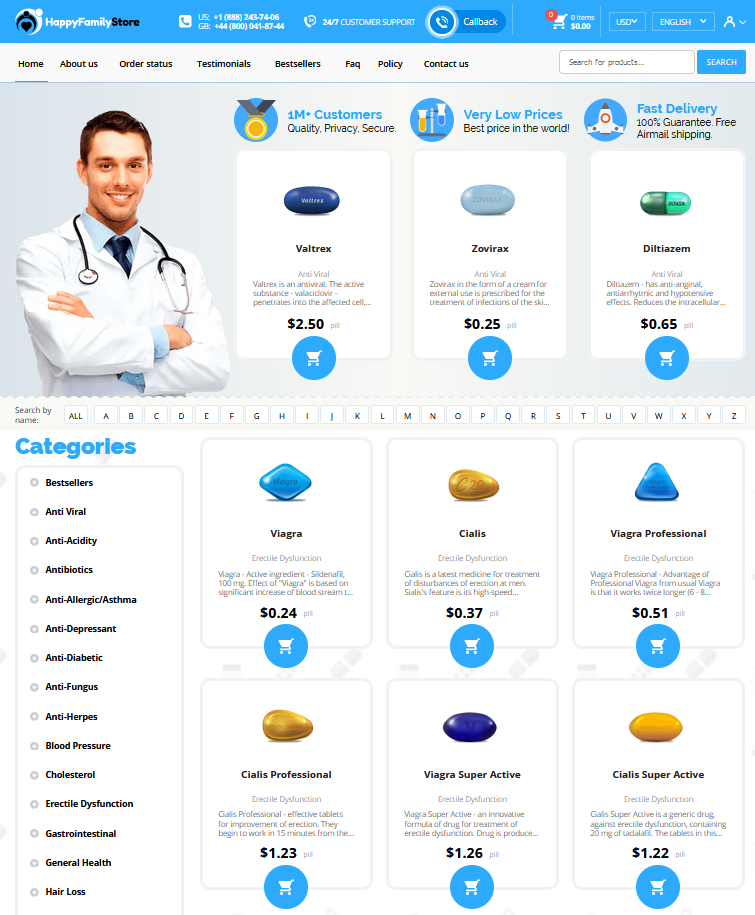To Buy Antabuse Online Visit Our Pharmacy ↓

How Antabuse Works: Science Behind the Cure
Understanding Antabuse: a Brief Historical Perspective
Antabuse has an intriguing history that traces back to the early 20th century. Initially discovered by Danish scientists exploring chemical reactions, it was not until the 1940s that its medical potential to counter alcohol dependency was realized. Recognizing its unique ability to provoke adverse reactions to alcohol, researchers began turning this comp into a therapeutic tool. The medical community was intrigued, and soon Antabuse became a staple in the arsenal against alcohol addiction, demonstrating how a chance discovery could evolve into a script for recovery. Generics of the medication have since been introduced, expanding accessibility. This historical backdrop highlights how Antabuse emerged from a simple reaction in a lab to a drugstore necessity, enhancing many lives in the journey.
```html
| Year | Event |
|---|---|
| 1920s | Initial discovery by Danish scientists |
| 1940s | Realization of its potential for treating alcohol dependency |
| 1950s | Approval as a treatment method for alcohol addiction |
The Science of Antabuse: Chemical Reactions Explained

Antabuse, commonly known by its script as disulfiram, operates through a fascinating cascade of chemical reactions in the human body. When a person consumes alcohol while on Antabuse, even the tiniest amount, the medication interrupts the body's normal metabolization of alcohol. This occurs because Antabuse inhibits the enzyme acetaldehyde dehydrogenase. As a result, acetaldehyde, a toxic comp in the breakdown process of alcohol, accumulates to high levels in the blood. This leads to a strong physical reaction that includes flushing, nausea, and palpitations, deterring individuals from drinking.
This process makes Antabuse an intriguing player in addiction therapy, as its mechanism encourages abstinence by creating a negative experience with alcohol. The drug doesn't simply provide another pill burden; instead, it rewires the body's response, making consumption a stat regret, and pushing individuals towards recovery with enforceable behavioral incentives.
How Antabuse Influences the Body's Metabolism
Antabuse exerts its influence by disrupting teh body's ability to metabolize alcohol efficiently. When you drink, your body usually breaks down alcohol into acetaldehyde before converting it into acetic acid. Antabuse acts like a mischievous bouncer, inhibiting the enzyme aldehyde dehydrogenase. This slowdown causes a rapid buildup of acetaldehyde, resulting in highly unpleasant sensations like flushing, nausea, and rapid heartbeat—setting off stat alarms that discourage alcohol consumption.
This chemical process turns drinking into a not-so-glamorous affair, causing many users to chuck the idea of taking a sip at a pharm party. However, it’s crucial for individuals to adhere to the sig provided in their script to acommodate for optimum benefits. Unlike happy pills, Antabuse doesn't treat cravings; instead, it relies on aversive conditioning, effectively putting the brakes on the path to relapse.
Real-life Impacts: What to Expect on Antabuse

Taking Antabuse can be a transformative yet challenging experience. When you start this elixir, it's crucial to follow the sig from your healthcare provider closely. As the compound begins its work, the presence of alcohol in your system can trigger noticeable reactions. These occurences can include flushed skin, throbbing in the head or neck, and nausea, reminiscent of its own hangover. Understandably, those on Antabuse often describe these effects as a deterrent from relapse, creating a significant shift in their recovery journey.
Success Stories: Antabuse in Addiction Recovery
In the realm of addiction recovery, Antabuse has emerged as a beacon of hope for many individuals. Consider John, who had battled alcohol dependency for years. After multiple unsuccessful attempts to quit, his counselor suggested a new script: Antabuse. The compounded effects of habitual use immediately became evident. Instead of succumbing to old patterns, he experienced the physically unpleasant reactions that Antabuse causes when alcohol is consumed, helping him to stay on the right path. His story is not unique; there are countless similar testimonials, each with their own unique routes to recovery.
John's Path to Sobriety:
Milestone Date Outcome Started Antabuse Febuary 2022 Commitment to sobriety First Challenge March 2022 Resilience in the face of temptation
While individual results may vary, Antabuse provides a tangible deterrent for those fighting against addiction. For Jane, a busy mother of two, life became more manageable once she began taking Antabuse. She noticed a significant reduction in cravings, making her able to focus on her family and spontaneously enjoy "happy pills" of family time instead of alcohol. Even for those who hesitate at the idea of taking medication, the positive changes reported by many users can be a persuasive argument to try this route.
Potential Side Effects: What Users Should Know
While Antabuse can be a powerful tool in the battle against alcohol addiction, it's crucial to be aware of its potential side effects, some of which can be quite serious. Users might experience facial flushing, nausea, and vomiting, especially if alcohol is consumed. It's advisable to follow the Sig closely—and be cautious around products containing alcohol, including certain medications and even toiletries. Headaches and drowsiness are some other common reactions, creating a lingering "hangover" effect.
On rarer occasions, more serious effects may ocure, such as liver issues or severe allergic reactions. Monitoring liver function is important, and any unexpected symtoms should be promptly reported to a healthcare provider. As with any Rx, awareness of "red flags" and communication with your doctor is key to safely navigating the path of recovery. Always verify each pill before consumption to be safe.

